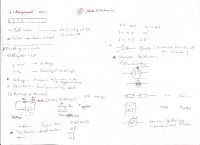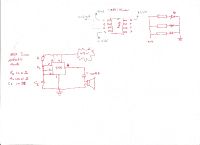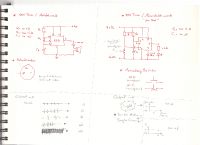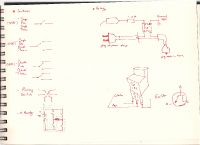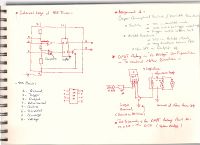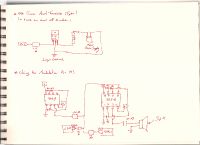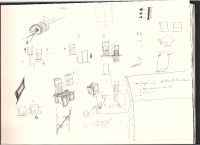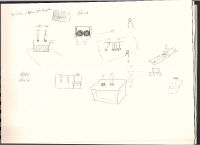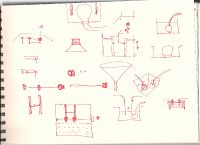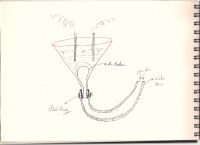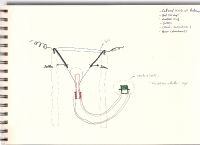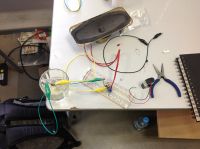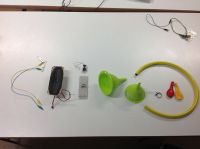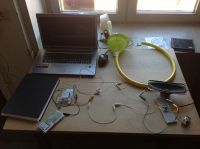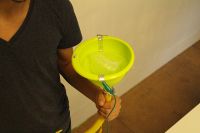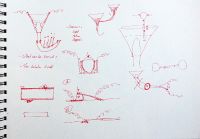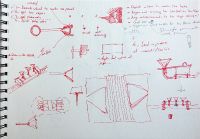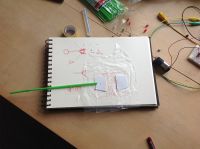No edit summary |
No edit summary |
||
| Line 2: | Line 2: | ||
:<tt>Learning process, getting to know electronics and basic concepts about electric circuits | :<tt>Learning process, getting to know electronics and basic concepts about electric circuits | ||
:and how to draw them.</tt> | :the logic, and how to draw them.</tt> | ||
| Line 32: | Line 32: | ||
::[[File:Alive2.jpg|200px]] [[File:Alive3.jpg|200px]] [[File:Add1.jpg|200px]] | ::[[File:Alive2.jpg|200px]] [[File:Alive3.jpg|200px]] [[File:Add1.jpg|200px]] | ||
---- | |||
===Phase III=== | |||
:Developing the initial experiment | |||
::[[File:2sketch1.jpg|200px]] [[File:2sketch2.jpg|200px]] [[File:2in1.jpg|200px]] | |||
Revision as of 15:56, 16 July 2014
Phase I
- Learning process, getting to know electronics and basic concepts about electric circuits
- the logic, and how to draw them.
- Bread boards, resistors, capacitors, relays, switches, 555 Timer ..etc
Phase II
- Designing an experiment, using the concepts of either:
- Variable resistance
- Trigger Switch
- When using liquid -water- as a conductor, and having poles connected to the circuit fixed in the
- liquid pool, the change of the liquid level results in change of resistance.
- Switching from the a motor mechanical way of changing the water level, to a more natural way.
- using the force of air blowing, breathing, to change the water levels as shown in the sketch.
- and thus changing the resistance!
Phase III
- Developing the initial experiment
